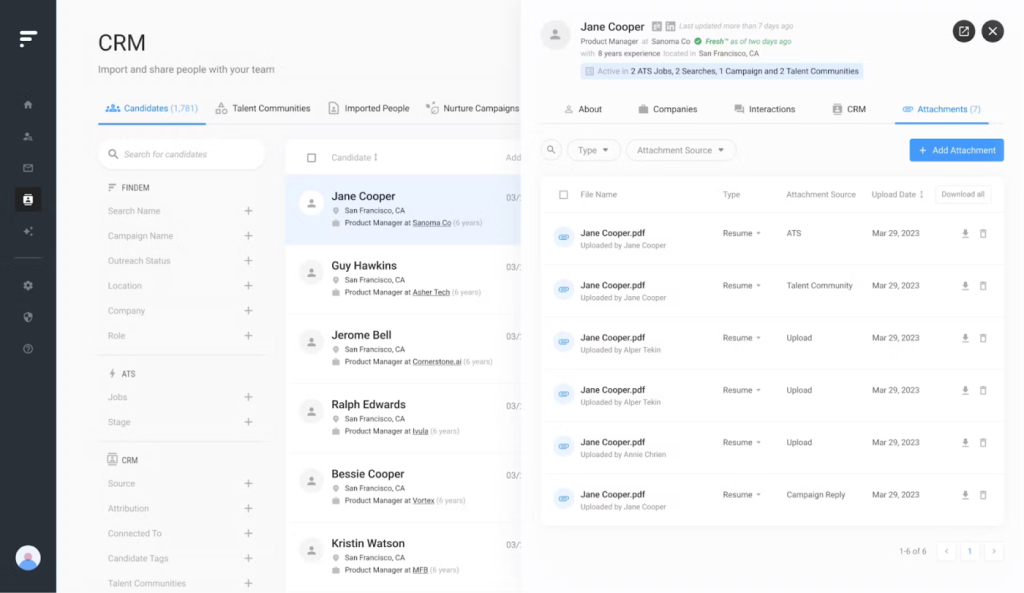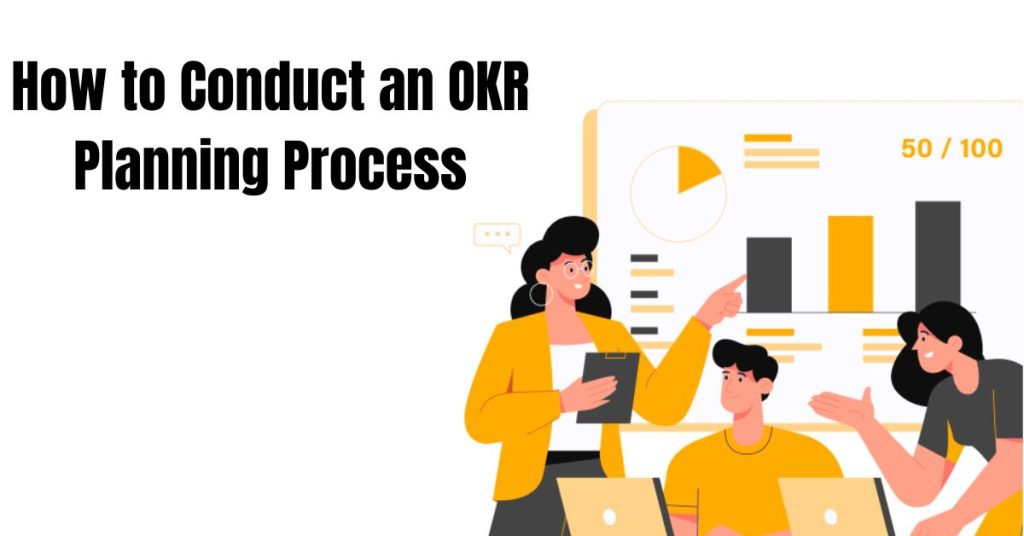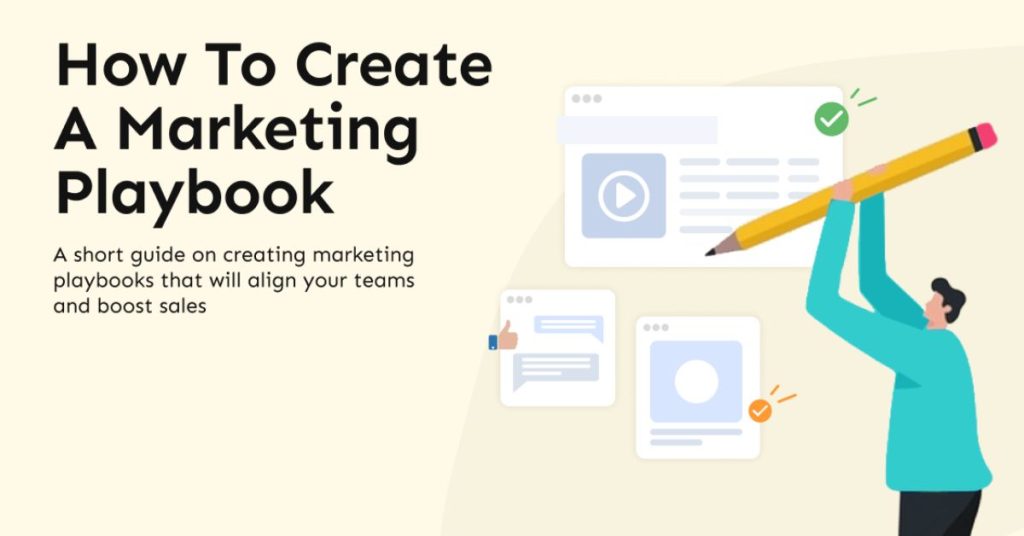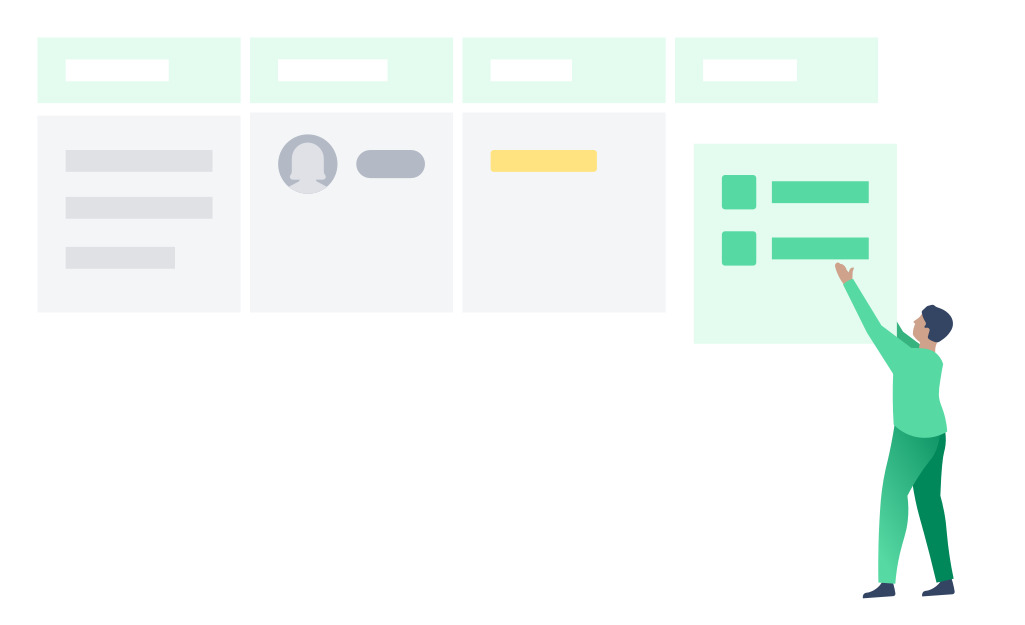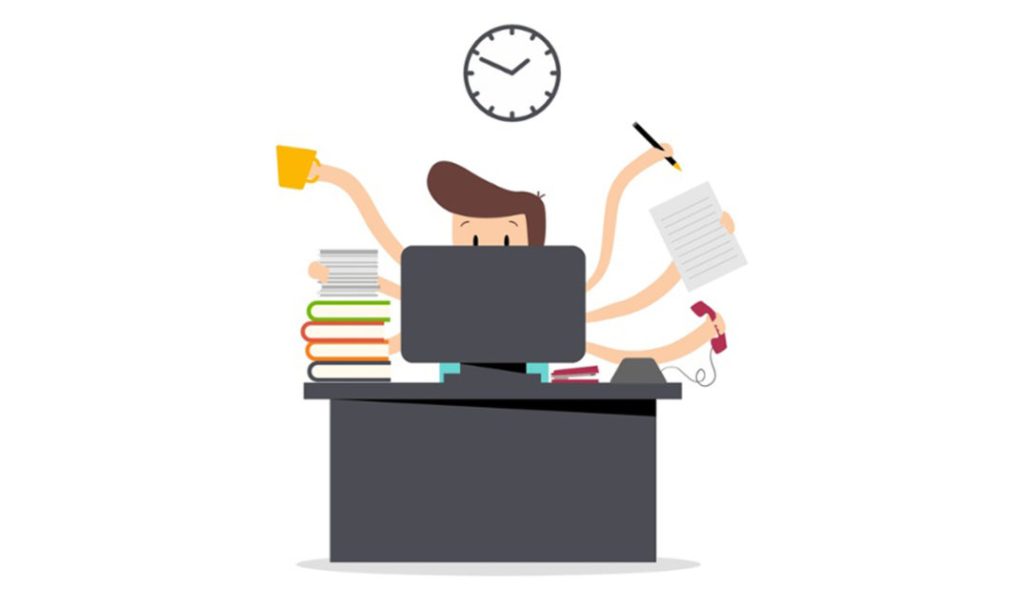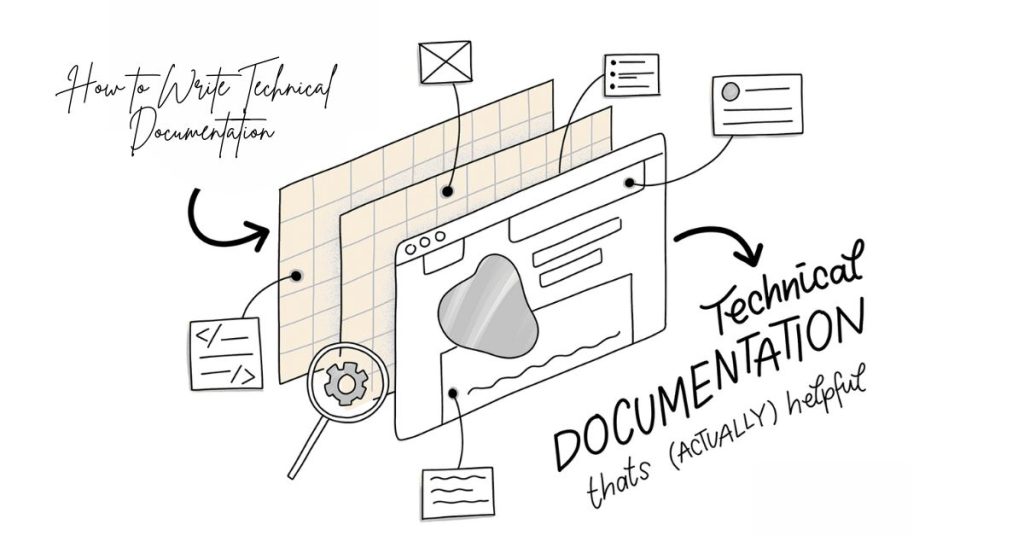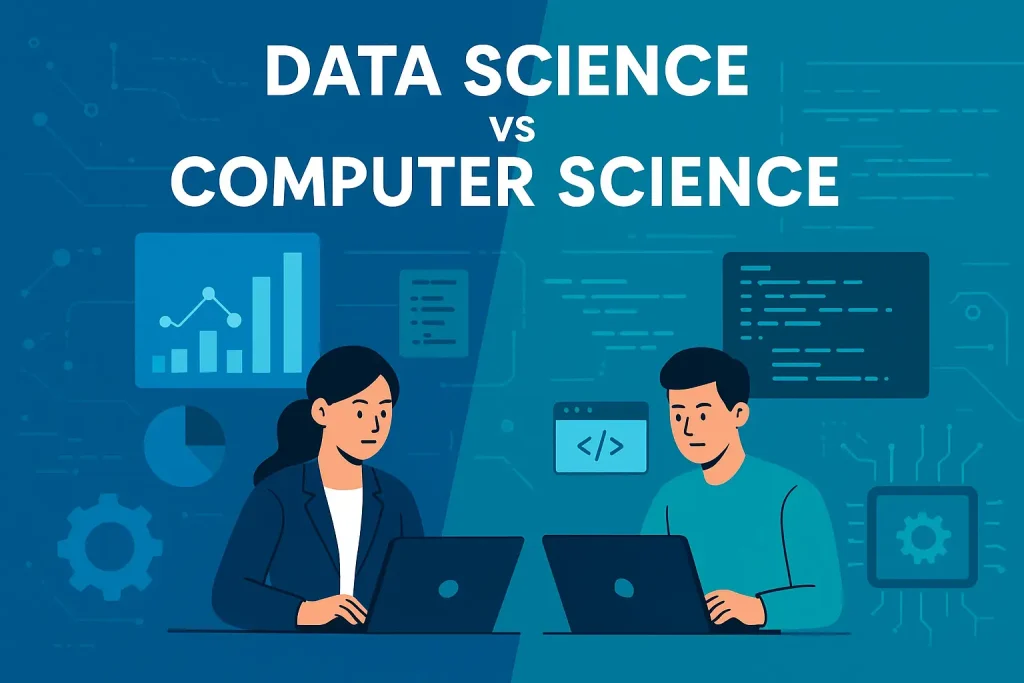Generative AI is changing the way HR teams work. It helps them save time, reduce mistakes, and do their jobs better. Many HR tasks that once took hours can now be done in minutes. This includes writing emails, sorting job applications, and helping new employees settle in.
HR teams now use AI to screen candidates, plan interviews, and check how employees are doing at work. Some companies even use AI to create training content or update policies. These tools make work faster and smoother.
The best part? Generative AI gives HR teams more time to focus on people, not paperwork. In this blog, we will look at how HR teams use generative AI, where it works best, and what tools they use. We will also share real examples from top companies and talk about the risks and challenges.
What is Generative AI in HR?
Generative AI in HR means using smart tools that can create content, give ideas, or solve problems—just like a human. These tools use machine learning to study data and then produce helpful results. In HR, this can mean writing job posts, answering employee questions, or making training guides.
Unlike regular software, generative AI doesn’t just follow fixed rules. It learns from examples and keeps getting better over time. It can write emails, suggest interview questions, or explain company policies in a clear way.
For HR teams, this means less time spent on boring tasks and more time for people. It also helps reduce errors and makes things move faster. Generative AI is not here to replace HR workers—it’s here to support them and help them focus on what matters most: people and culture.
What Are the Key Applications of Generative AI in HR?
Generative AI is becoming a helpful tool for many HR jobs. It can handle tasks that usually take a lot of time, like reading resumes, answering common employee questions, or writing training content. With AI, HR teams can work faster, stay more organized, and give better support to employees.
These tools can also help reduce bias, improve hiring decisions, and make workplace communication smoother. AI doesn’t just follow commands—it learns and gives smart suggestions based on data. This helps HR teams make better plans and improve the overall employee experience.
Here’s how using AI in HR is making a difference across a few core HR areas:
Candidate screening
AI tools quickly scan resumes and match the best candidates to job roles. This saves time and helps find talent faster.Interview prep assistant
AI can create customized interview questions and even help hiring managers prepare for interviews with useful tips.Onboarding content creation
AI helps build welcome emails, training materials, and guides for new employees, making the process smooth and easy. For teams who want to go a step further, an AI video generator can turn those written guides and policies into professional, interactive onboarding videos boosting engagement and understanding.Compliance automation & policy updates
It can update HR policies, check for legal changes, and ensure company rules stay clear and up to date.Employee feedback analysis
AI reads and sorts feedback from surveys or chats, helping HR understand how workers feel and what they need.AI-powered HR self-service
Employees can ask questions and get instant answers about time off, benefits, or rules, all without waiting for HR staff.Performance management
AI tracks progress, gives reports, and even suggests ways to help employees grow and improve at work.
How Is Generative AI Being Used in HR Today?
Many top companies are already using generative AI to improve their HR work. These tools help them hire faster, keep employees happy, and make better choices based on data. Let’s look at two real examples of how companies are using AI in their HR teams today.
Unilever’s AI-Powered Hiring Process
Unilever uses AI to make its hiring faster and fairer. When someone applies for a job, they first go through online games that test their skills. Then, AI reviews their answers to video interview questions. This system helps Unilever quickly find the best candidates without bias. It also saves their HR team a lot of time by doing the first round of screening automatically. The result? A faster, more efficient, and fair hiring process.
IBM’s AI-Backed Retention Strategy
IBM uses generative AI to keep its best workers. The AI looks at employee data to find signs that someone might leave. Then it gives early warnings and suggests ways to keep that employee happy. This helps managers take action before it’s too late. IBM says their AI is about 95% accurate in predicting when someone might quit. That means HR can act fast to improve work conditions or offer new roles.
Looking for the Best Generative AI Tools for HR Teams?
Choosing the right AI tool can make a big difference for HR teams. These tools help automate daily tasks, save time, and support better decision-making. While there are many AI tools out there, some stand out for their powerful features and easy use.
Here are three top generative AI tools that are helping HR teams work smarter:
1. Corexta
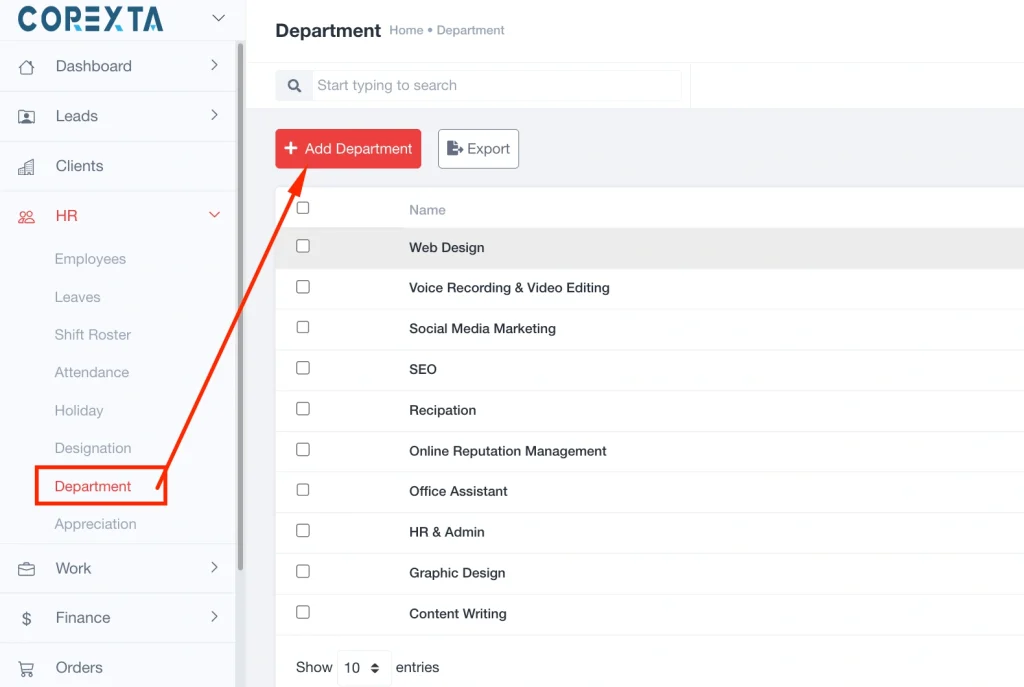
Corexta is a powerful AI platform built to support modern HR needs. It offers smart tools for talent management, recruitment, and employee engagement. With Corexta, HR teams can quickly generate job descriptions, auto-screen resumes, and even handle candidate communication—all with AI.
One standout feature of Corexta is its AI assistant, which helps HR professionals draft messages, build onboarding plans, and manage compliance tasks. It also provides insights from employee feedback and performance reviews, helping teams make informed choices. Corexta’s simple design and deep features make it a great fit for small and large HR teams alike.
2. Findem
Findem is an AI-driven talent search and people intelligence platform. It helps HR teams find the right candidates by looking beyond just resumes. Findem uses over 100 attributes to match people to roles, helping companies discover hidden talent. It’s a favorite for recruitment teams that want better results with less effort.
3. Leena
Leena AI focuses on employee experience. It acts like a virtual HR assistant that answers employee questions, tracks requests, and provides help 24/7. It’s great for reducing the workload of HR staff and improving employee satisfaction. Leena can also help with surveys, feedback, and performance tracking.
These tools are making HR smarter, faster, and more people-focused by using the power of generative AI.
What are the Challenges & Ethical Considerations of AI in HR?
While generative AI brings many benefits to HR, it also comes with challenges and ethical concerns. HR teams must be careful when using these tools to make sure they stay fair, safe, and respectful of employee rights. If not used properly, AI can cause more problems than it solves.
Here are some of the main issues HR teams should watch out for:
Bias in, bias out
AI learns from data. If the data includes bias—like favoring certain schools, genders, or age groups—the AI will repeat those patterns. This can lead to unfair hiring or promotion decisions. HR teams must check the data they use and test AI systems to make sure results are fair for everyone.
Lack of transparency
Many AI tools work like a “black box.” They give answers or make decisions, but it’s not always clear how they got there. This can be a problem when HR needs to explain hiring or performance decisions. HR professionals must be able to understand and explain how the AI works.
Data privacy risks
AI systems often use personal data to make decisions. If this data is not stored or used properly, it can lead to privacy problems. HR teams must follow strict data protection rules and be clear with employees about how their information is being used.
Over-reliance on automation
AI is helpful, but it should not replace human judgment. Relying too much on AI may cause HR teams to miss things like personality, team fit, or values. HR still needs to stay involved and use AI as a support tool—not the final decision-maker.
Employee skepticism
Some employees may not trust AI tools. They may feel like decisions are made by machines, not people who understand them. HR teams must be open, explain how AI is used, and show that it’s there to help—not harm—the team.
Understanding these challenges helps HR teams use generative AI the right way. It’s about finding the right balance between technology and the human touch.
What’s Next for AI in HR?
Generative AI is still growing, and HR is changing fast because of it. Soon, AI tools will predict when employees might leave, suggest benefits that fit your team, and even plan hiring based on company goals and team growth.
The best part? You don’t need to be an expert to use these tools. Easy-to-use platforms like Corexta help you make better decisions quickly, without a steep learning curve.
Bringing AI Into HR? Corexta Has You Covered
Generative AI is more than just automating tasks—it helps HR teams focus on people, not paperwork. But this only works if your tools keep up with your needs.
Corexta combines everything you need in one place. Instead of juggling multiple apps for hiring, policies, and onboarding, you get one clear, fast, and scalable workspace.
It’s not just about working faster—it’s about building an HR system made for real people.
Your next great hire? Just a Corexta away. 🚀
Frequently Asked Questions
1. How is generative AI being used in HR today?
Generative AI is used in HR to automate tasks like resume screening, writing job descriptions, creating onboarding content, analyzing employee feedback, and offering 24/7 HR support through chatbots. It helps HR teams save time and make smarter decisions.
2. What are real-world examples of companies using generative AI in HR?
Unilever uses AI to screen job candidates with online assessments and video interviews. IBM uses AI to predict when employees might leave and offers early action steps to retain them. These tools help both companies hire better and keep employees engaged.
3. Can generative AI improve the employee experience?
Yes. AI can answer common questions quickly, suggest learning paths, and help with smooth onboarding. It also gives HR teams more time to focus on people rather than paperwork, which makes the workplace better for everyone.
4. What risks should HR teams consider when using generative AI?
HR teams should watch out for bias in AI results, data privacy concerns, and over-reliance on automation. It’s also important to stay transparent about how AI works and involve humans in key decisions.
5. How can HR leaders start implementing generative AI effectively?
Start small by testing AI on simple tasks like writing content or answering FAQs. Choose trusted tools, train staff, and always monitor results. Focus on using AI to support, not replace, your team’s human skills and values.


